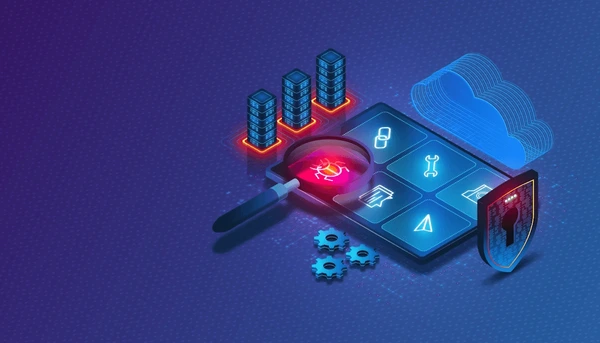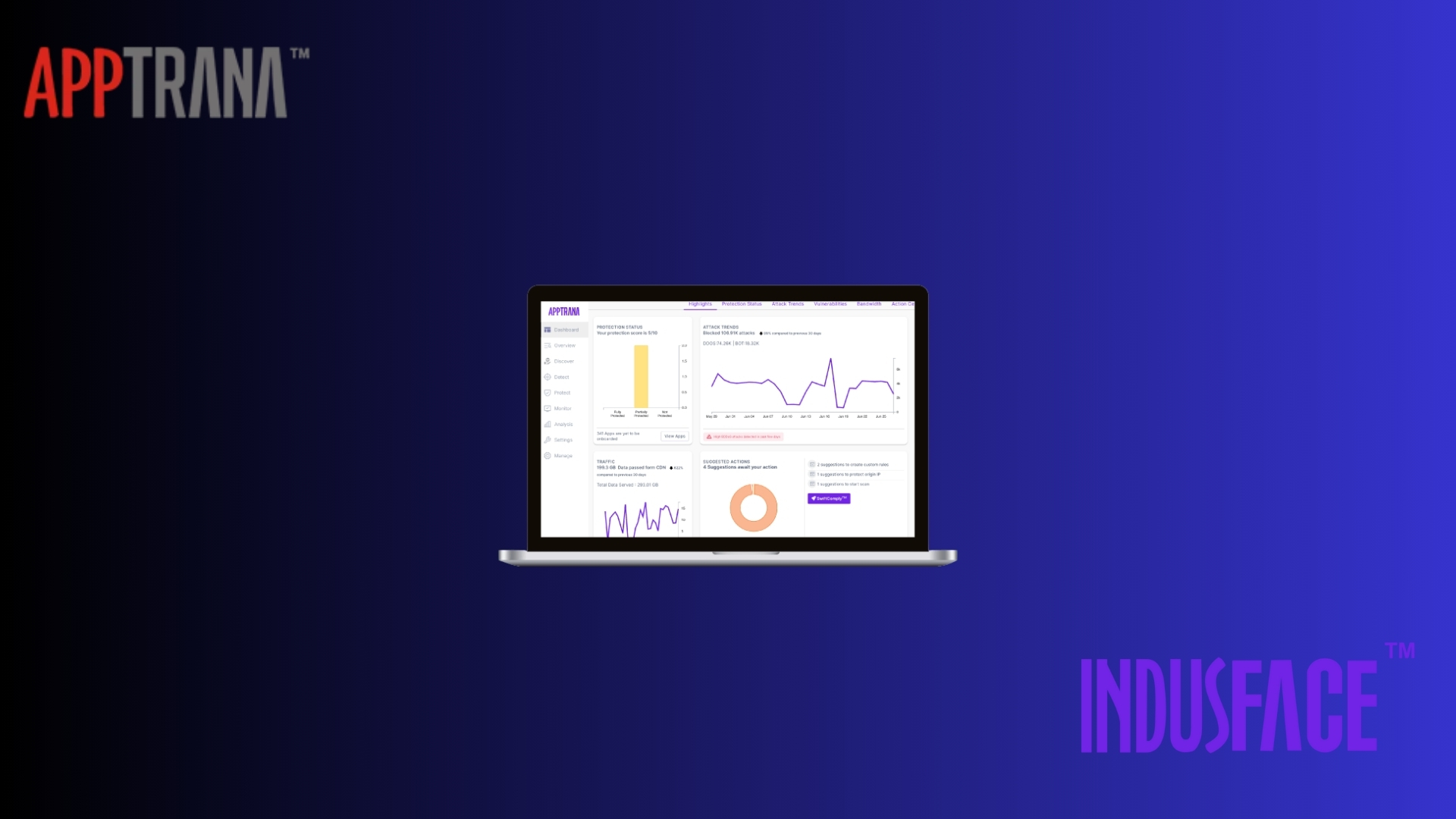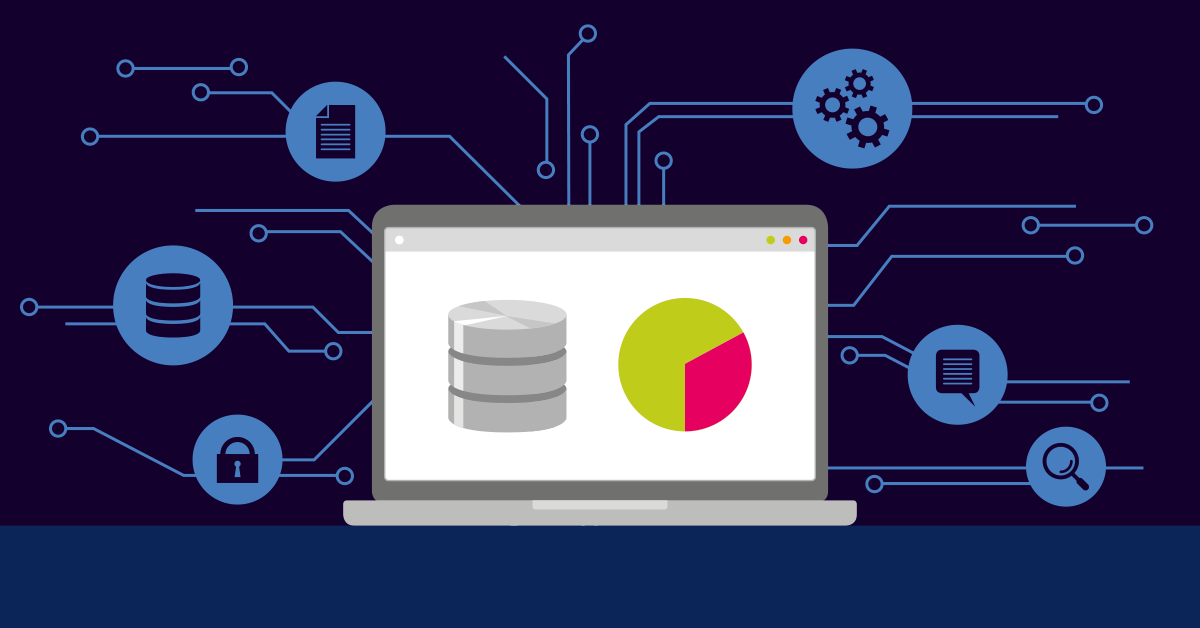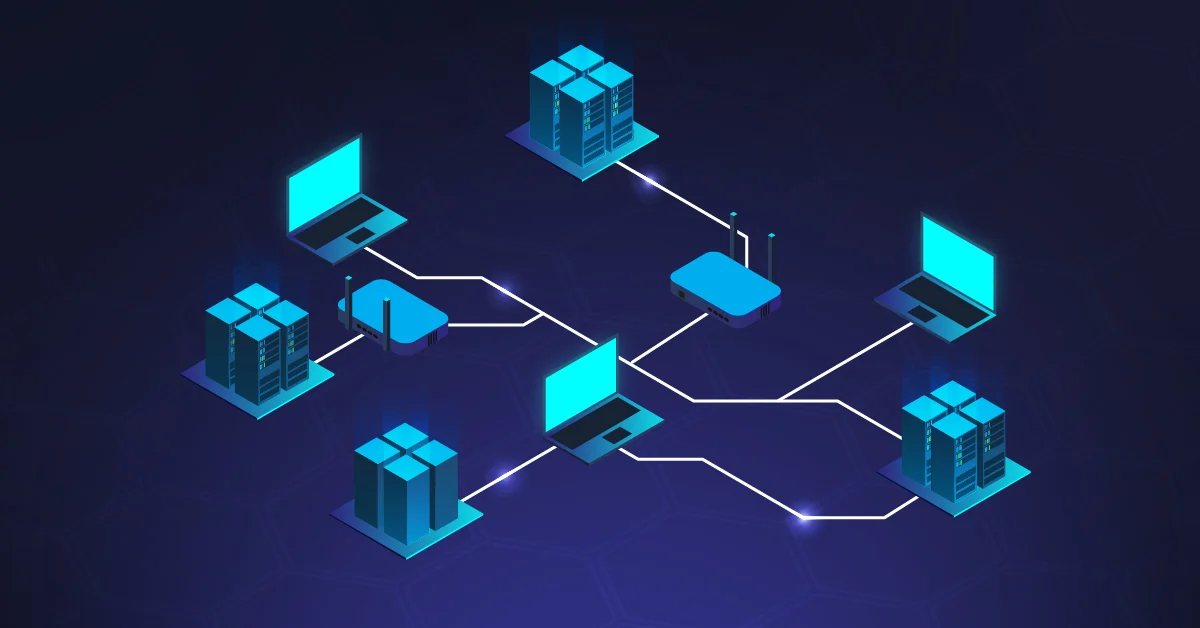FortiWeb Alternatives in 2025
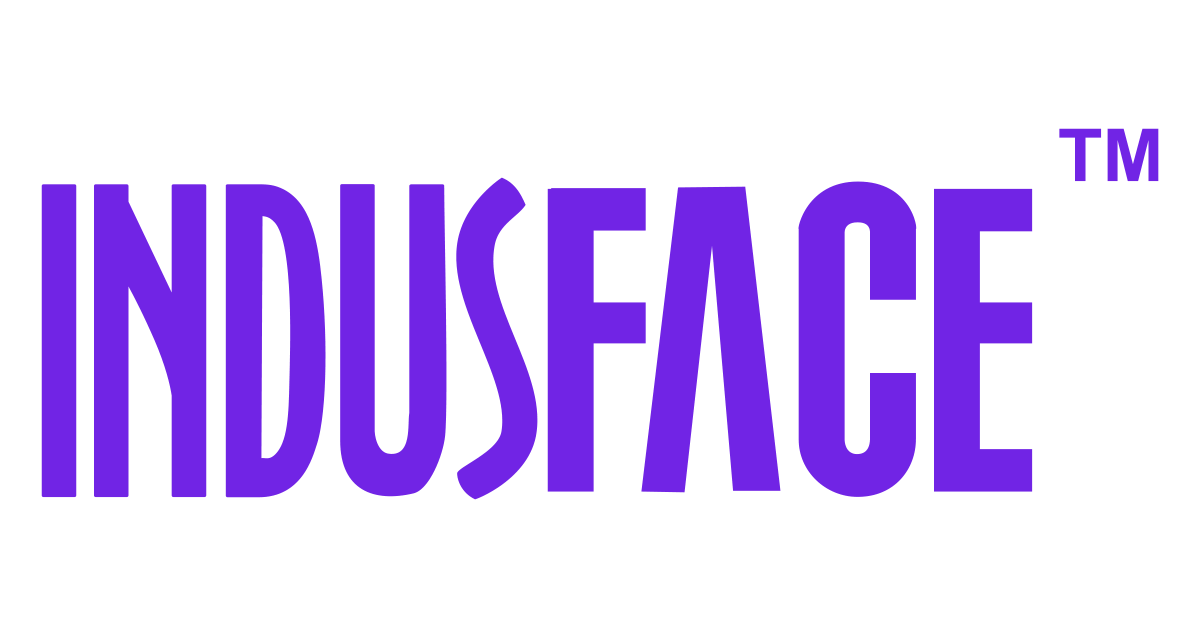
Introduction
Modern application stacks span web apps, APIs, and microservices. As the attack surface expands, WAF/WAAP becomes a core control. Fortinet FortiWeb is widely adopted thanks to Fortinet Security Fabric integration, signature rules, ML, and analytics. Yet many enterprises now reassess fit and total cost of ownership, exploring a “FortiWeb alternative” to gain clearer protection visibility, stronger managed services, and faster time-to-value. This brief captures FortiWeb’s strengths and challenges, then evaluates five leading alternatives for 2025 Web Application Firewall solutions: AppTrana, Cloudflare, Imperva, Akamai, and AWS WAF.
FortiWeb: Strengths
Advanced API Security: OpenAPI/XML/JSON schema validation, ML-driven REST behavior baselining, and data-leak prevention.
ML-Based Anomaly Detection: Dual-layer design (HMM baseline + trained attack models) to detect SQLi, XSS, and common patterns.
DDoS Mitigation: FortiDDoS integration detects and mitigates high-volume attacks early to preserve availability.
Deep Fabric Integration: Tight interlock with FortiGate and FortiSandbox: sandboxing of suspicious uploads and IP intelligence sharing.
FortiWeb: Challenges
Protection Visibility: Built-in DAST exists, but real-time clarity on “which CVEs are actively protected” is limited; signature tuning may raise false positives and ops overhead.
Service Model: Primarily a product; 24/7 SOC, continuous tuning, and virtual patching are add-ons, raising cost and complexity for teams lacking in-house depth.
Support Responsiveness: Practitioner feedback cites variability during urgent incidents—problematic for high-risk, fast-moving environments.
Top Alternatives in 2025
1) AppTrana (Fully Managed WAAP)
Positioning: End-to-end, fully managed WAAP with 24/7 SOC, continuous tuning, and evidence-driven dashboards.
Notable capabilities
Full Block Mode with Near-Zero False Positives: ML detection plus human expert verification to protect without business disruption.
AI-Powered DAST & VAPT: Intelligent crawling of hidden flows; threat-feed and PoC awareness for zero-day prioritization; rapid mitigation via virtual patching.
SwyftComply (Autonomous Virtual Patching): Converts findings into policies instantly and proves protection with Exploit Analytics.
Behavioral DDoS & Bot Defense: Identity + behavior signals applied by default; no extra modules required for robust coverage.
Asset & API Discovery: Broad visibility across domains, subdomains, IPs, mobile apps, and shadow APIs; continuous protection loop.
Limitations
Legacy Protocols: SOAP/WebSocket coverage is limited for legacy estates.
On-Prem Option: Primarily cloud-based; not ideal for fully on-prem mandates.
Best fit: Teams seeking fast value, minimal ops burden, managed virtual patching, compliance evidence, and low false positives.
2) Cloudflare WAF
Positioning: Massive global edge and CDN footprint; agile start, strong performance, and flexible tiers.
Strengths
DDoS at Scale: Proven mitigation of record-size attacks; adaptive defenses during volatile traffic spikes.
Threat Intelligence: Rule updates at internet scale; rapid emerging-threat response.
Tiering for Growth: Free/Pro/Business enable quick starts; Enterprise unlocks advanced security.
Limitations
False Positive Tuning: Broad rule sets often require expert tuning; many teams default to log-only when short on resources.
Virtual Patching & Support: Enterprise-centric; advanced features and live expert help skew to top tiers.
Best fit: Cost-sensitive startups/scale-ups and teams wanting CDN+WAF consolidation with rapid deployment.
3) Imperva WAF
Positioning: Mature hybrid (on-prem + cloud) model with strong ecosystem and RASP for deep context.
Strengths
Hybrid Deployment: Sensitive data stays local while internet-facing assets scale in the cloud.
Integrations: SecureSphere ties into SIEM/ITSM/AD and more for centralized visibility.
RASP + L7 DDoS/Bot: Application-runtime insight and advanced protection options.
Limitations
Managed Services & API Discovery: Often separate add-ons; no built-in VAPT—expect additional tools/vendors.
Best fit: Enterprises running hybrid architectures prioritizing integration depth and control.
4) Akamai (App & API Protector / Prolexic)
Positioning: Long-standing edge leader; Prolexic for elite DDoS; strong DNS and client-side protections.
Strengths
Adaptive Threat Intelligence: Hundreds of TB of daily attack telemetry inform ML/AI defenses.
Prolexic DDoS: 24/7 SOCC, scrubbing in 30+ metros, high-assurance SLAs.
Edge DNS & Page Integrity Manager: Resilient DNS and runtime detection of malicious third-party scripts.
Limitations
Pricing & Add-Ons: Unmetered DDoS and advanced capabilities can be premium; always-on routing is costly.
Payload Limits: Default 8 KB, max 128 KB; larger request bodies need custom config.
Tuning Overhead: Without managed service, rule tuning and FP control require expertise.
Best fit: Large global organizations needing top-tier DDoS, edge scale, and performance/security synergy.
5) AWS WAF
Positioning: Natural choice for AWS-native workloads with CloudWatch visibility and Marketplace rule packs.
Strengths
Flexible Rules: Combine baseline and custom rules plus third-party subscriptions; pay-as-you-go.
Compliance & Residency: Multi-region footprint and third-party audits suit regulated sectors.
Observability & Bot Control: CloudWatch integration and targeted dashboards enhance operations.
Limitations
DDoS Cost: Shield Advanced is ~$3,000/month with annual commitment; TCO can rise quickly.
Request Body Limit: 64 KB inspection cap leaves larger payloads uninspected.
Managed Service Gap: No fully managed WAF offering beyond Shield; many teams hire integrators for tuning/virtual patching.
Best fit: AWS-centric teams optimizing for automation, CloudWatch pipelines, and native integrations.
Comparative Snapshot (Executive Summary)
Operating Model
AppTrana: Fully managed, 24/7 SOC, autonomous virtual patching.
Cloudflare: Self-service at lower tiers; advanced features/support in Enterprise.
Imperva: Managed services and API discovery largely add-ons.
Akamai: Powerful services with premium pricing; unmetered DDoS often extra.
AWS WAF: Customer-managed; Shield Advanced billed separately.
DDoS Strategy
AppTrana: Behavioral DDoS included by default.
Cloudflare/Akamai: Industry-leading capacity; strongest features at higher tiers or as add-ons.
AWS: Robust with Shield Advanced; evaluate cost/commitment.
Virtual Patching
AppTrana: Automated, evidence-backed (SwyftComply + Exploit Analytics).
Cloudflare/Akamai/Imperva: Typically higher tiers/add-ons with manual tuning.
AWS: Custom rules/Marketplace packs; manual ownership.
API & Payload Constraints (high level)
AppTrana: Broad API discovery/scanning; payload inspection up to ~134 MB.
Cloudflare: ~128 KB payload limit by default.
Akamai: 8 KB default; 128 KB max with config.
AWS WAF: 64 KB inspection limit.
FortiWeb: Advanced API validation; published payload limits vary by configuration.
False Positives
AppTrana: ML + human validation → low FP in full block mode.
Others: Rule-centric engines need expertise and ongoing tuning.
Conclusion and Recommendation
Selecting a FortiWeb alternative is bigger than engine efficacy. Success hinges on operating model, visibility, automation, DDoS posture, API breadth, and total cost.
If your mandate is reduce ops load, show value fast, minimize false positives, choose AppTrana for fully managed WAAP, autonomous virtual patching, and audit-ready evidence.
If you need global performance and flexible entry points, Cloudflare delivers rapid onboarding and internet-scale protections—ensure tuning expertise for FP control.
If you prioritize hybrid topology and integration depth, Imperva aligns well; plan for add-ons (managed, API discovery, VAPT).
If you require top-tier DDoS with edge security, Akamai plus Prolexic is a strong bet; budget for premium options.
If you are AWS-native and value CloudWatch pipelines and Marketplace extensibility, AWS WAF is logical; factor Shield Advanced cost and 64 KB inspection limits.
Run PoCs in full block mode against production-like traffic. Measure: false-positive rate, time from vulnerability to virtual patch, DDoS response time, and reporting clarity. With disciplined KPIs, your 2025 WAF/WAAP investment becomes not just protection, but a lever for business continuity and delivery velocity.

